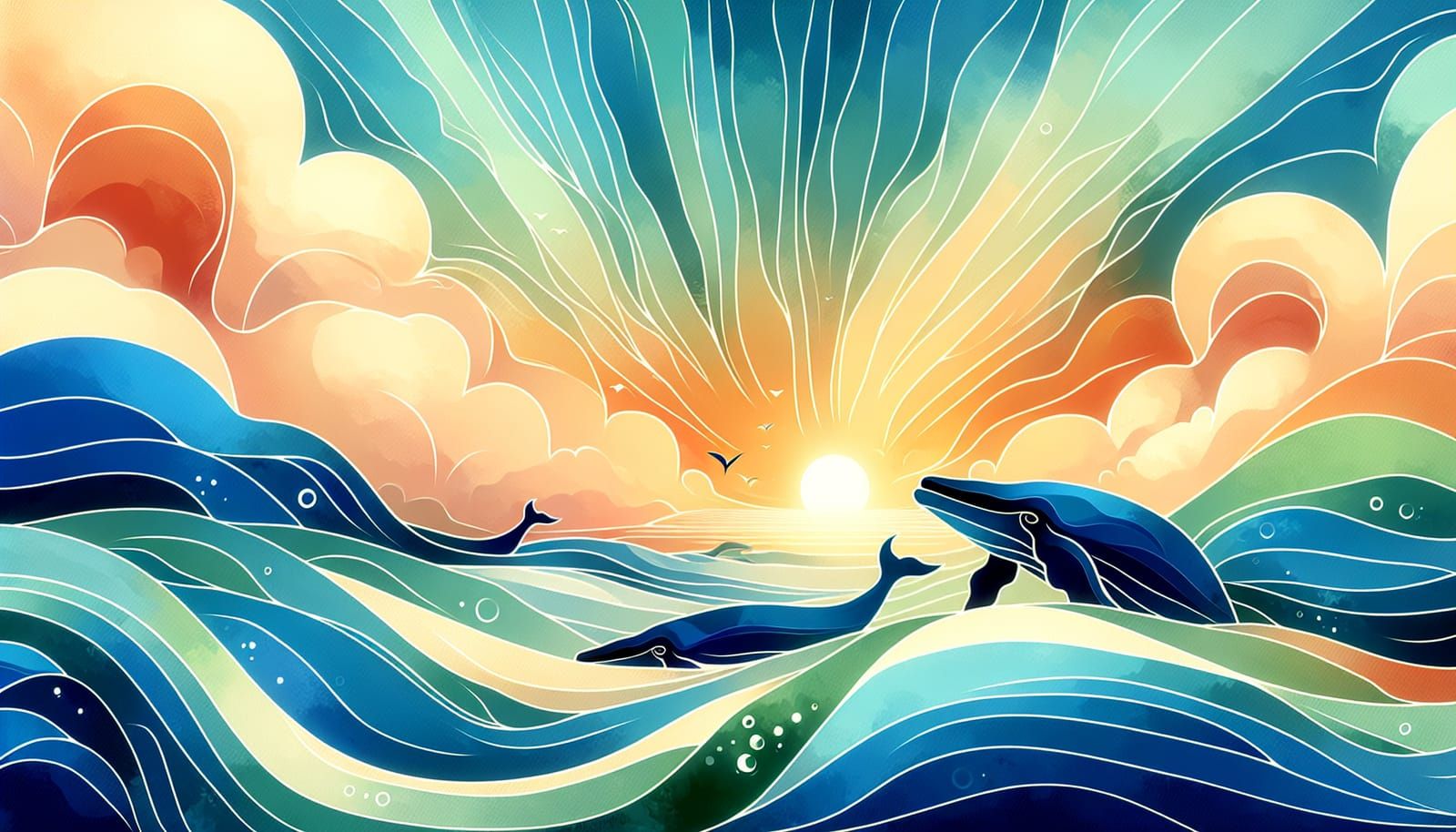The resurgence of the eastern Australian humpback whale population is truly a heartwarming success story, often referred to as a “miracle.” Today, these magnificent creatures thrive in numbers surpassing those seen before the era of commercial whaling.
In the 18th century, the coastal waters near Hobart were filled with the enchanting songs of humpback whales. Back then, the natural beauty of these whales was so abundant that noise complaints were often about their melodies drifting into homes, rather than the modern-day disturbances from boats or parties. Fast forward to today, and it’s estimated that the humpback whale population is an impressive 60% greater than it was in those earlier times, transforming what used to be a mere nuisance into a delightful reminder of nature’s wonders.
However, the journey to this point has not been without its challenges. The eastern Australian humpbacks faced a dramatic decline, as commercial whaling targeted them for their valuable blubber in the mid-20th century. Dr. Wally Franklin, a dedicated whale researcher and co-founder of the Oceania Project, has dedicated over 30 years to studying these creatures. He recently released a report indicating that the population has now surpassed 50,000 individuals.
According to Dr. Franklin, prior to the last wave of whaling, there were at least 30,000 humpbacks in the waters. By the early 1960s, however, that number had dwindled to a mere 150. Fortunately, in 1963, the International Whaling Commission took a significant step by banning commercial hunting of species like the humpback. This pivotal decision allowed populations to recover, and by 2020, estimates suggested that the numbers could reach 50,000, provided that whaling remained a thing of the past.
The recent findings, compiled by a collaborative effort of around 700 members of the public, whale watching tour operators, and research scientists, utilized data and photographs submitted to the HappyWhale monitoring database. These contributions revealed that the current population of humpbacks is between 50,000 and 60,000, a remarkable achievement that exceeds the numbers of other whale populations in Australia, some of which have not rebounded as successfully.
While scientists, including Dr. Franklin, are optimistic, they caution that the population growth may plateau as the ecosystem reaches its “carrying capacity,” meaning that there may not be enough resources or space for even more whales. Nevertheless, the presence of so many humpbacks brings joy and excitement to those who encounter them in their natural habitat.
As we celebrate this incredible recovery, it’s essential for all of us to remain mindful of these gentle giants, especially when mothers are with their calves. If you are fortunate enough to spot them, remember to let the whales approach you at their own pace for a safer experience for both the whales and the observers.
Share this inspiring story of hope and recovery with friends who cherish the beauty of our oceans and the creatures that inhabit them.


